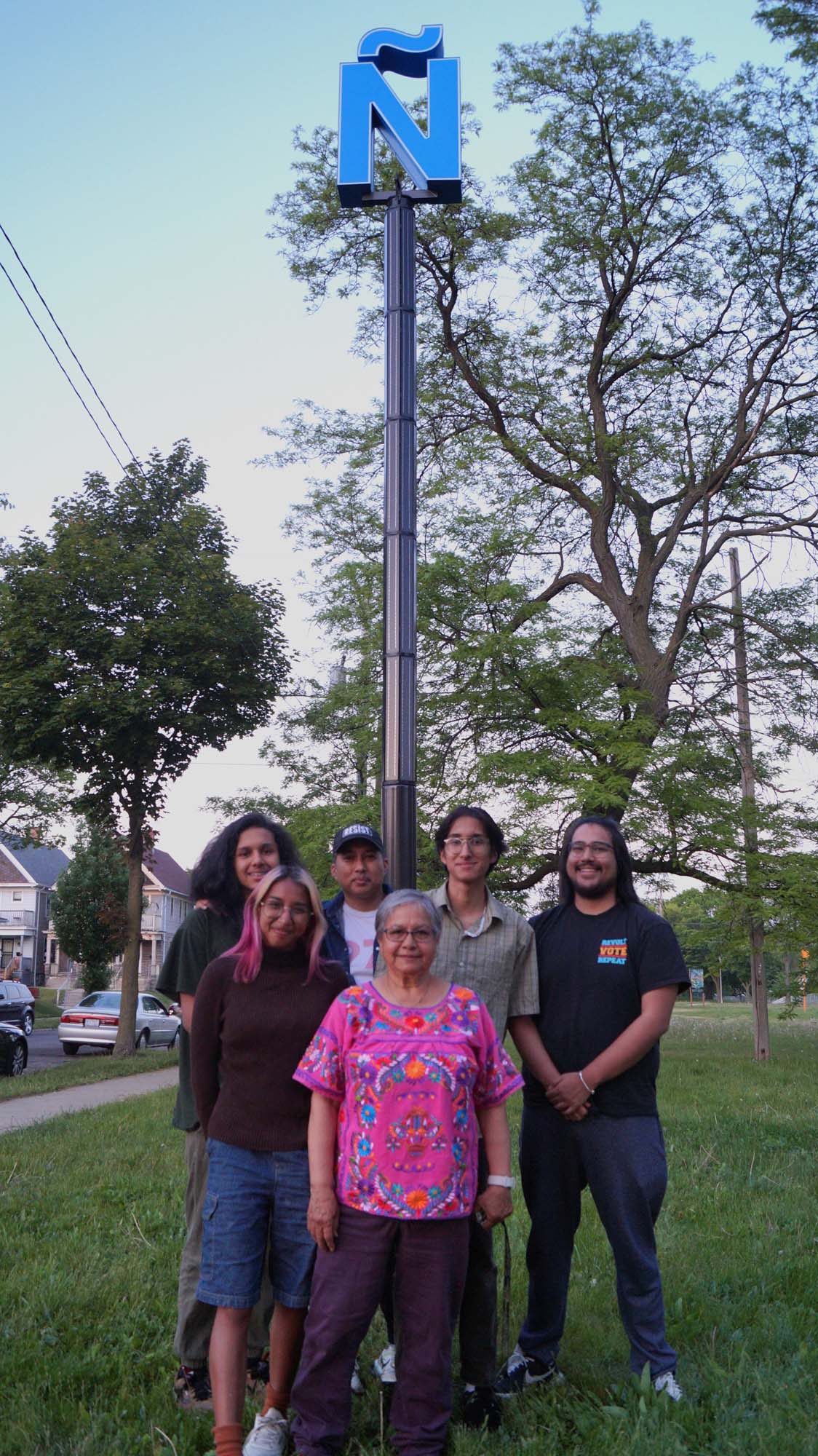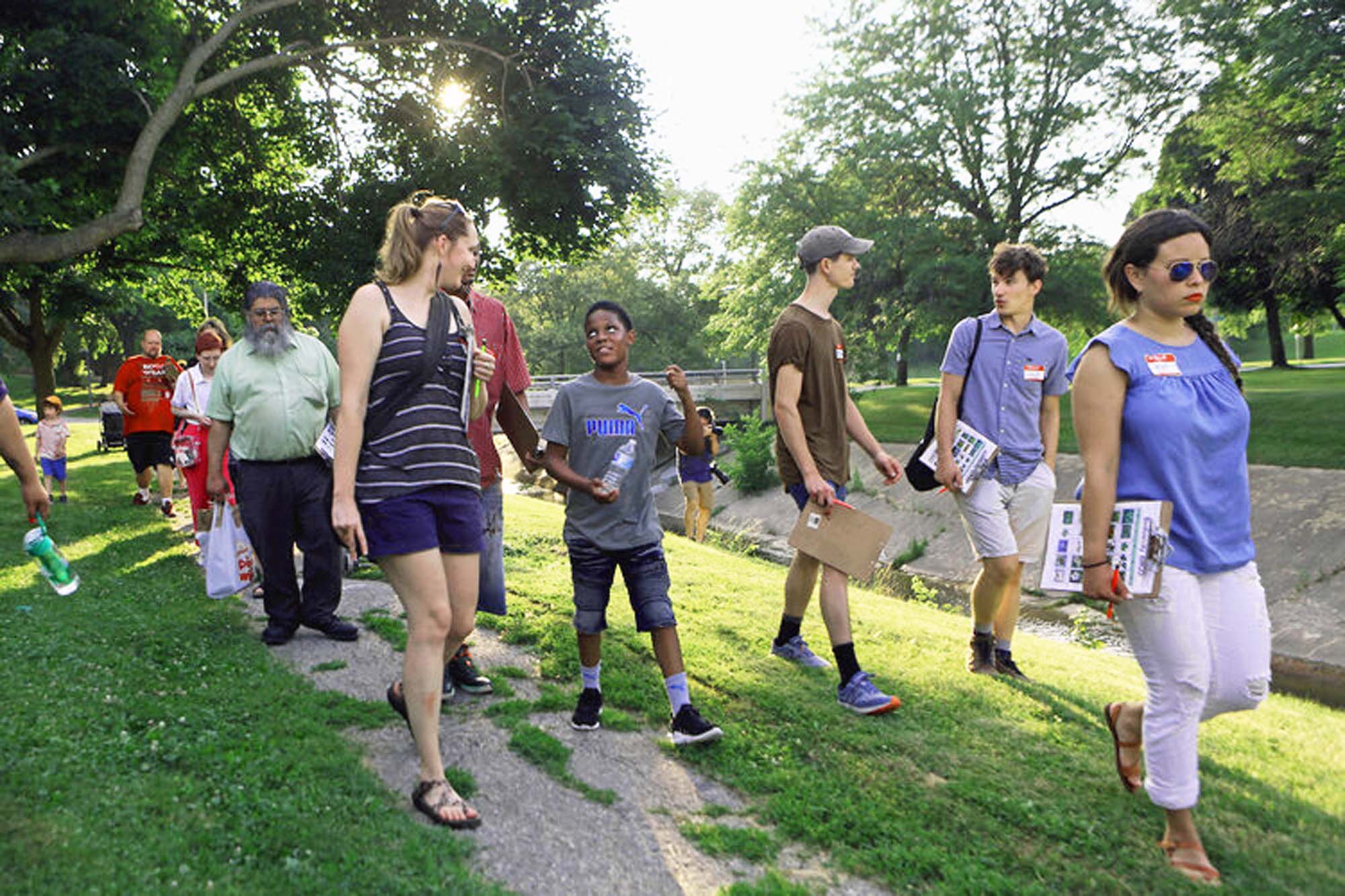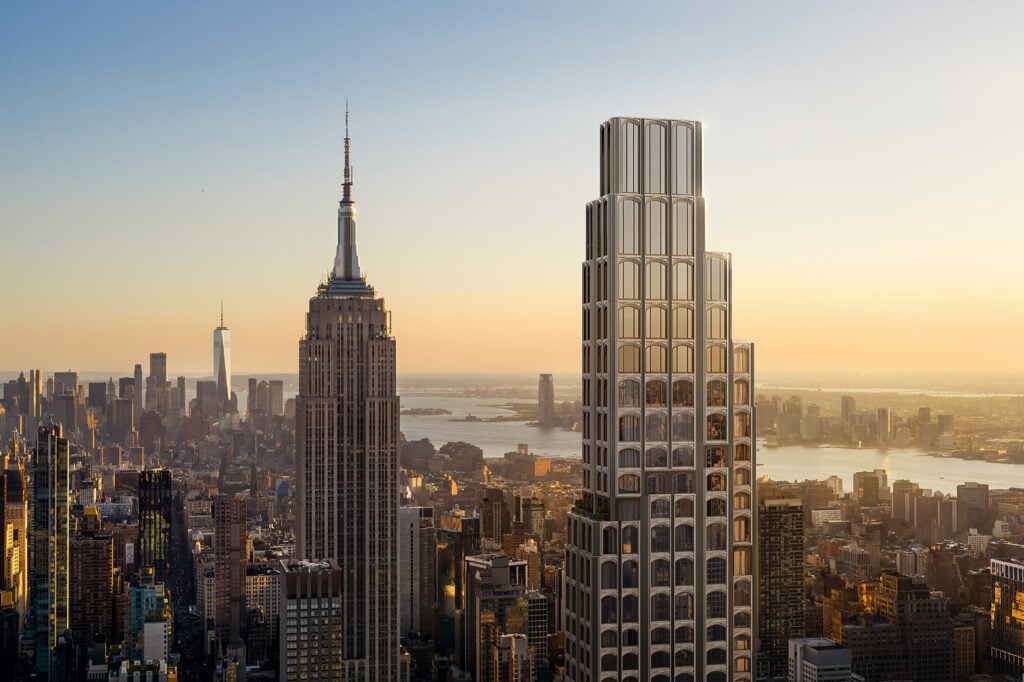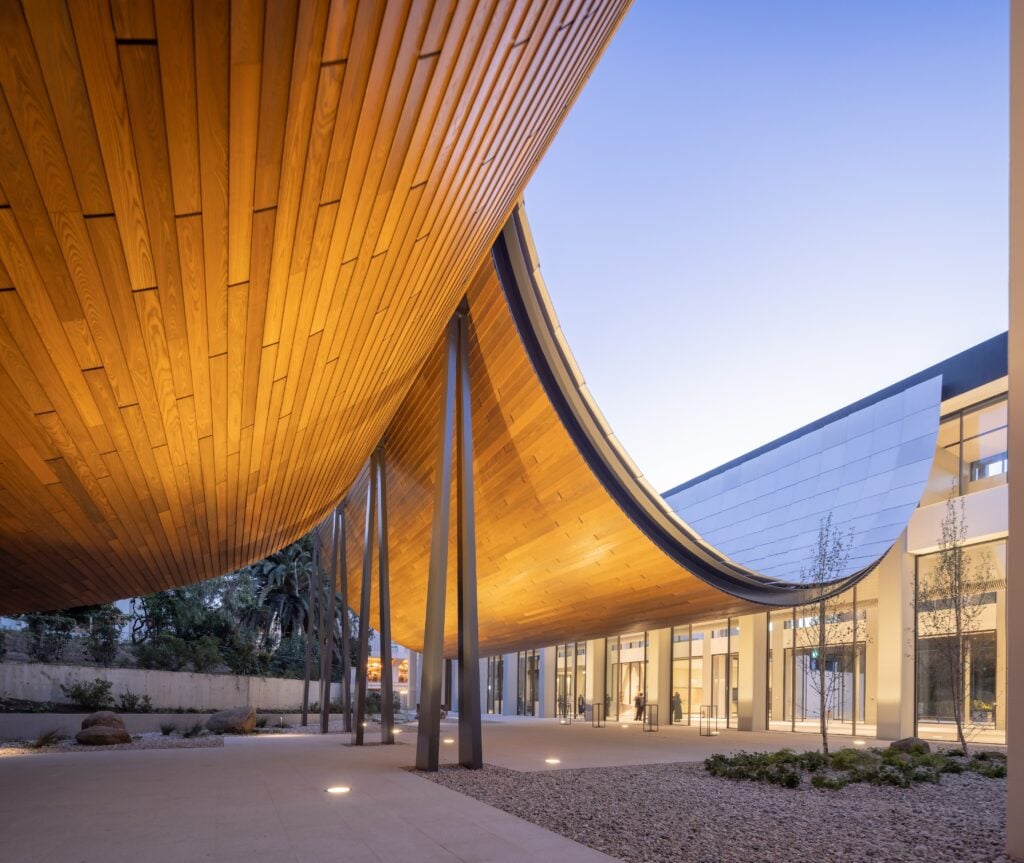
December 21, 2023
Milwaukee’s WaterMarks Initiative Builds a Community Connection to Water

The idea for WaterMarks began to take shape in 2017 when community advocate Marsha Sehler, an assistant in the Riverwalk District, invited Miss to come to Milwaukee to help “tell the city’s water story.” Miss had a background in the area: twenty years earlier, she had designed a meandering wooden boardwalk along a mile-long section of the Milwaukee River. Credited with reviving the city’s relationship to the river, the boardwalk activates the shoreline with rustic squared off log benches, a spiral viewing platform, and blue lighting recessed into adjacent loft buildings. The process was a disappointing one for Miss, however: an architecture and planning firm ended up taking over the project and building it in an attenuated form without some of the environmental features in 2004. The results led to period of reflection for Miss, who wondered how she could better organize her art studio to coordinate large, complicated projects.
“I kept having proposals similar to Milwaukee River that would either not be built or constructed in some other form, and I was pretty frustrated,” Miss says. “Art was always what got cut from the budget first, so I wanted people to understand that artists should have an essential role—not just contribute the icing on the cake that gets taken off—along with policymakers, educators, and scientists.”
A pioneer of earth art since the 1960s, Miss’s early installations began as minimalist environmental sculptures constructed on the grounds of museums, parks, universities, and urban developments like Battery Park City. Made of rough industrial materials influenced by manufacturing and production facilities, the structures heightened the immediacy of spatial experience in relation to their surrounding natural environments. Several of these works are currently on display in Groundswell: Women of Land Art at Dallas’s Nasher Sculpture Center, on view through January 7, 2024.
In 2008, Miss established the nonprofit City as Living Laboratory (CALL) in collaboration with founding director Olivia Georgia as a way to build capacity to realize complex science, art, and advocacy-based projects that engage diverse stakeholders, community organizations, government agencies, and development partners. Meanwhile, Miss’s ideas were expanding to larger-scale initiatives tied to the urgency of climate change.

“I was really trying to understand how I could function as an artist, since so many things were being canceled. About that time, it became apparent that our environmental crisis was alarmingly serious. In New York, Mayor Bloomberg was doing so much work to address issues like that, except that it was very much top-level agency work. I felt like all of my work has really been about place-based experience,” Miss says. “I thought, you really have to get people on the streets in their own neighborhoods to care about these issues. And of course, some of the worst crises were happening in these underserved neighborhoods.”
In 2016, she began leading tours and public art initiatives in partnership with community organizations to advocate for the naturalization of Tibbets Brook, a buried stream in the Bronx that pours seven million gallons of freshwater a day directly into the sewage system. Plans to daylight the stream—restore its flow above ground—recently received $133 million in funding and approval from the New York City Department of Environmental Conservation, partly due to her advocacy in association with the Bronx Council for Environmental Quality.

In Milwaukee, Sehler offered to put together a meeting of supporters that included the directors of the city’s Department of Public Works, Milwaukee Metropolitan Sewerage District (MMSD), Lynden Sculpture Garden, the Milwaukee Arts Board, community development corporations, and neighborhood nonprofits. They promised this time that they would back her entirely if she would help conceive an urban-scale project regarding the city’s water system. Miss couldn’t pass up the invitation. “It was such an interesting request,” Miss says. “Even though I had had that bad experience, I was really interested to find out more.”
Kevin Shafer, executive director of the city’s sewer system, served as an essential and unlikely partner for the installations, many of which are located at significant sites where the MMSD had capital projects to prevent stormwater overflows and restore watersheds. “He’s this very forward-thinking person who’s done incredible work in Milwaukee and helped start the US Water Alliance,” Miss says. “He was willing to meet with an artist, which was really remarkable, I thought.”
Under Shafer, the MMSD is completing a massive, multigenerational effort to eliminate stormwater overflows, digging a series of Deep Tunnels with enough storage to hold 98.5 percent of wastewater and storm surges since 1994—521 million gallons between the three tunnels—as well as restoring watersheds and ecological services, and beautifying riverbanks and upland areas. He saw the opportunity to use public art to engage residents beyond the redeveloped downtown areas and broadcast the improvements across the city. “It has to be a project for the whole city,” Shafer told her during the initial meetings. In 2021, Ryan Holifield, a professor and chair of geography at the University of Wisconsin-Milwaukee, teamed up with CALL’s Georgia to raise $2.8 million from the National Science Foundation to develop and staff the project, enabling them to develop a long-term community process and ensure the art was collaborative, engaged local participants, and resonated with residents.
CALL has completed four WaterMarks signs so far, with three more soon to follow, each intimately tied to the work of neighborhood groups, arts organizations, and community development corporations, among them RiverWest, the Northwest Side CDC, the 16th Street Health Center, City Council president Jose Perez, the Department of Public Works, and Milwaukee universities. Among the locations are community development projects in historically discriminated neighborhoods, brownfields where bioswale performance is being tested, decontaminated industrial sites, and renaturalized rivers. The stories behind each location are extensively documented and shared on the WaterMarks website. The 25-foot solar-powered signs are equipped with free wifi and have QR codes at their bases that provide links to videos of the neighborhood stories.

The largest and most visible marker will be installed on the smokestack of MMSD’s Jones Island Water Reclamation facility at the center of downtown Milwaukee. Vapor emitted from the smokestack will be illuminated blue at night, turning red when significant rain is expected in order to alert the public to limit water use and reduce the risk of now-rare sewage overflows.
“This really has been a collective effort,” Miss says. “The building of this project has been with any number of nonprofits. It really has been a remarkable collective effort that’s happening. This really goes back to my early feminist years of thinking that change is possible and that to create change, it’s not about a singular effort but joining forces to make things happen.”
Would you like to comment on this article? Send your thoughts to: [email protected]
Latest
Viewpoints
Archtober Invites You to Trace the Future of Architecture
Archtober 2024: Tracing the Future, taking place October 1–30 in New York City, aims to create a roadmap for how our living spaces will evolve.
Projects
Kengo Kuma Designs a Sculptural Addition to Lisbon’s Centro de Arte Moderna
The swooping tile- and timber-clad portico draws visitors into the newly renovated art museum.
Products
These Biobased Products Point to a Regenerative Future
Discover seven products that represent a new wave of bio-derived offerings for interior design and architecture.





